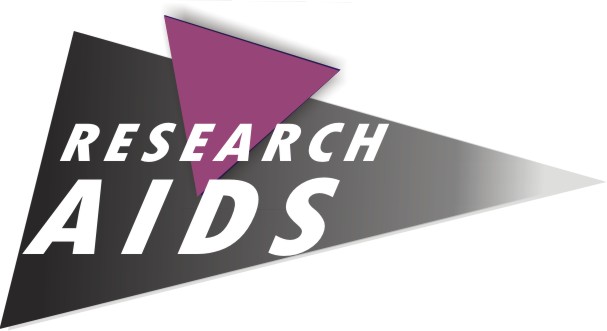Some Combinations – FDC (Fixed Dose Combination)
Some combinations - especially those involving a protease inhibitor - require swallowing many pills throughout the day, which some people find hard to do. The size of the pills can also be an issue. One option for reducing the pill burden may be to take a FDC (fixed dose combination), which combines two or more drugs in a single tablet or capsule.
Food restrictions
There are a few drugs, particularly protease inhibitors, which have to be taken with food to improve absorption rates. Some other drugs have to be taken on an empty stomach. There may be a need for lifestyle changes to accommodate the medication.
Side-effects
Side effects are the undesired effects of a drug, which can range from mild irritations to serious health problems. Common side effects should be taken into consideration when choosing a combination. It is also important to consider existing medical conditions that may be worsened by some antiretrovirals. IRIS is an illness that occurs for a small minority of patients soon after treatment is started. Continuing antiretroviral treatment has more information.
Drug interactions
When choosing a combination the interactions between other drugs should be taken into consideration. Interactions can occur between antiretrovirals and non- HIV pharmaceutical and recreational drugs. More information can be found in continuing antiretroviral treatment.
Special handling requirements
Storage can be an issue as some anti-HIV drugs have to be kept below a certain temperature to last long term. Ritonavir, for example, must be refrigerated.
Drug resistance
In some countries a drug resistance test can be carried out before treatment is started in order to determine whether the HIV is already resistant to any of the drug classes. If available the test is recommended for those who have contracted HIV from someone who is already taking treatment.
Preparing for adherence
Adhering to the drug regimen can often be difficult, due to side effects or the frequency of dosage. Sometimes lifestyles changes are needed. Doctors should be able to offer advice if someone is experiencing adherence difficulties.
Pregnancy and treatment
Many studies have shown that antiretroviral drugs can be used during pregnancy. The drugs can be used to reduce a woman's viral load effectively below detection. This also greatly reduces the risk of the baby becoming infected.
Find out more about HIV and pregnancy.
Treatment for children
The progression of HIV in children is monitored through viral load and CD4 tests, as with adult treatment, but because the CD4 and viral load levels vary in children (especially between ages 1 to 4) they must be treated on an individual basis. CD4 counts in children are generally much higher than in adults, and change with the child’s age. This means that adult guidelines on when to start antiretroviral treatment do not apply.





